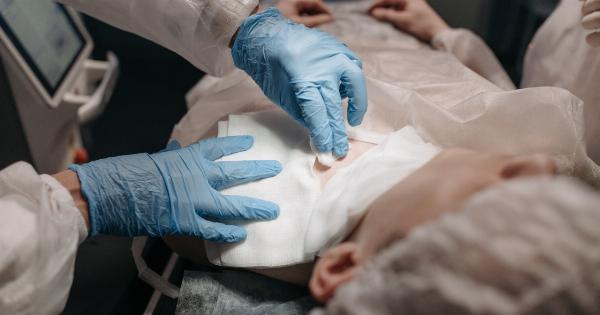Arthroscopic surgery is a minimally invasive procedure that has gained popularity for treating various knee conditions, including meniscus rupture.
Meniscus rupture is a common injury that affects the knee joint and can cause severe pain and limited mobility. Arthroscopic surgery offers a less invasive alternative to traditional open surgery, allowing for quicker recovery and better outcomes for patients.
This article will explore the effectiveness of arthroscopic surgery for meniscus rupture and why it is becoming the preferred treatment option for this condition.
Understanding Meniscus Rupture
The meniscus is a rubbery cartilage that serves as a cushion between the thigh bone (femur) and the shin bone (tibia) in the knee joint. It helps with shock absorption, stability, and lubrication of the joint.
A meniscus can become torn or ruptured due to trauma, degenerative changes, or repetitive stress on the knee. The severity of the tear can vary from a minor tear to a complete detachment.
Symptoms of Meniscus Rupture
Common symptoms of meniscus rupture include:.
- Pain, particularly on the inner or outer side of the knee
- Swelling and stiffness
- Difficulty fully straightening or bending the knee
- Locking or catching sensation in the knee
- Feeling of instability or giving way
Conservative Treatments
For minor tears or injuries that do not cause significant pain or impairment, conservative treatments such as rest, ice, compression, and physical therapy may be recommended.
However, these treatments may not be effective for more severe meniscal tears or for individuals who desire a quicker recovery.
The Role of Arthroscopic Surgery
Arthroscopic surgery is commonly used to treat meniscus tears as it allows for a minimally invasive approach. During the procedure, a surgeon makes small incisions near the knee joint and inserts a thin instrument called an arthroscope.
The arthroscope transmits images from inside the joint to a monitor, enabling the surgeon to visualize the damage and perform the necessary repairs.
Advantages of Arthroscopic Surgery
Arthroscopic surgery offers several advantages over traditional open surgery, including:.
- Smaller incisions, which lead to less scarring and reduced risk of infection
- Quicker recovery time compared to open surgery
- Less post-operative pain
- Minimal damage to surrounding tissues
- Ability to perform multiple procedures simultaneously, if needed
Effectiveness of Arthroscopic Surgery
Studies have shown that arthroscopic surgery is an effective treatment option for meniscus rupture. It has been associated with improved pain relief, increased knee function, and better patient satisfaction compared to conservative treatments.
In many cases, patients experience rapid improvement and can return to their normal activities within a few weeks.
Recovery and Rehabilitation
After arthroscopic surgery, a comprehensive rehabilitation program is crucial for optimal recovery. This typically involves physical therapy exercises to strengthen the knee, improve range of motion, and restore stability.
The duration and intensity of the rehabilitation program may vary depending on the severity of the meniscus rupture and the individual’s overall health.
Potential Risks and Complications
Although arthroscopic surgery is generally considered safe, there are potential risks and complications associated with any surgical procedure.
These may include infection, blood clots, nerve or blood vessel damage, and stiffness or weakness in the knee joint. It is important for patients to discuss these risks with their surgeon and follow all post-operative instructions to minimize the chances of complications.
Conclusion
Arthroscopic surgery has revolutionized the treatment of meniscus rupture, offering patients a minimally invasive option with significant advantages over traditional open surgery.
The procedure is highly effective in relieving pain, improving knee function, and restoring the quality of life for individuals suffering from meniscus tears. Despite the potential risks associated with any surgical procedure, the benefits of arthroscopic surgery for meniscus rupture make it a preferred treatment option for many patients.




























